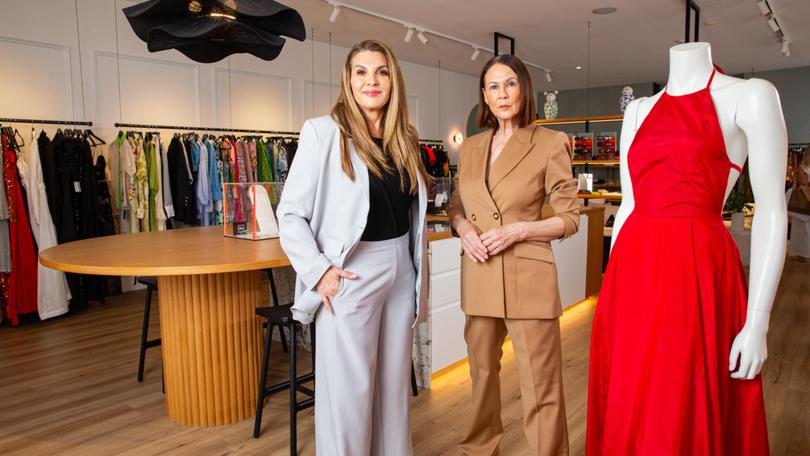Warmer-than-usual weather lifts sluggish sales in August but economists are cautious

Warmer-than-usual weather and stage three tax cuts have helped lift retail sales in August, economists say, but the jury is still out on whether the bulk of the income boost will be spent or saved moving forward.
Consumers splurging on summer clothing, outdoor dining, and gardening tools pushed retail turnover up 0.7 per cent in August, the Australian Bureau of Statistics said on Tuesday, with spending totalling over $36 billion nationwide.
Many economists had only forecast a rise of 0.4 per cent.
Sign up to The Nightly's newsletters.
Get the first look at the digital newspaper, curated daily stories and breaking headlines delivered to your inbox.
By continuing you agree to our Terms and Privacy Policy.The jump in August was the strongest monthly gain since January and came after a 0.1 per cent rise in July and a 0.5 per cent lift in June.
As well as the warmer weather, consumers enjoyed a range of promotional events in August, including AfterPay Day sales.
The timing of Father’s Day on September 1 meant a large portion of related spending was also captured in August.
“We think the ongoing boost to real household disposable incomes from the tax cuts and cost-of-living measures will support a modest pick-up in spending ahead,” ANZ economist Madeline Dunk said.
Commonwealth Bank head of Australian economics Gareth Aird said September’s retail data would be the arbiter as to whether Tuesday’s data largely reflected a pulling-forward of spending thanks to Father’s Day, or the beginning of a non-trivial lift in consumer spending.
“That (September) data will be critical in informing the (Reserve Bank’s) assessment of how the consumer has responded to the income boost from the stage three tax cuts,” he said.
“At this stage we expect to see a soft outcome for retail trade in September that confirms today’s result was driven by the timing of Father’s Day.”
With spring a favourite season for weddings, local business owners Jill Hoad and Liz Carberry are getting mothers-of-brides and bridal parties walking through the doors of their Subiaco boutique Mara Collective.
“They don’t mind spending but they want something that they may get more wear out of,” Ms Hoad said.
“We’re noticing a lot of practical shopping . . . they’re not necessarily holding back on spending but they are giving it more thought.”
The pair is upbeat about the all-important Christmas trading period but reckons the Black Friday event is a “terrible thing to retail”.
“Unfortunately there’s a lot of rubbish that gets sold through Black Friday . . . I don’t want to bastardised our beautiful products by competing with Black Friday,” Ms Hoad said.
AMP economist My Bui cautioned against reading too much into the rebound in discretionary spending in August.
“It has been a recurrent pattern in the past two years that consumers rely on promotional events and tend to cut back after splurging,” she said.
“The overall picture for households remains somewhat fragile in our view.
“With unemployment rate likely ticking up in upcoming months and wages growth rolling over, consumer spending still faces downside risks, absent a rate cut from the Reserve Bank.”
All States and Territories, as well as all categories apart from household goods, posted a lift in retail spending.
Victoria and the Northern Territory led the growth, both posting a 0.9 per cent rise in retail turnover, followed by Queensland, Tasmania and the ACT (all at 0.8 per cent).
In WA, retail turnover rose 0.4 per cent as unseasonal rainfall over parts of the State dampened sales slightly.
Of the non-food industries, department stores posted the biggest rise at 1.6 per cent, followed by clothing, footwear and personal accessory retailing (1.5 per cent).
Australian Retailers Association chief executive Paul Zahra said it was important for the RBA to provide relief for consumers in the lead up to the peak season, where many discretionary retailers were dependent on making up to two-thirds of their profit.
“Whilst there is great resilience within retail, we know there are many businesses in the sector that are doing it tough, especially small businesses,” he said.

